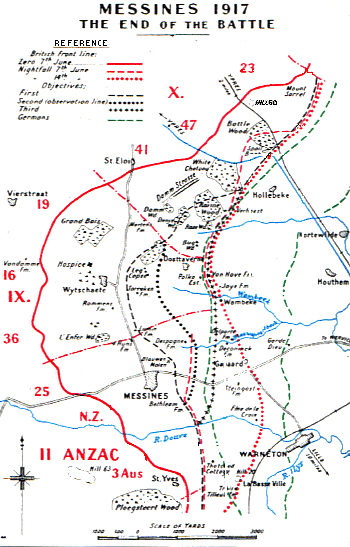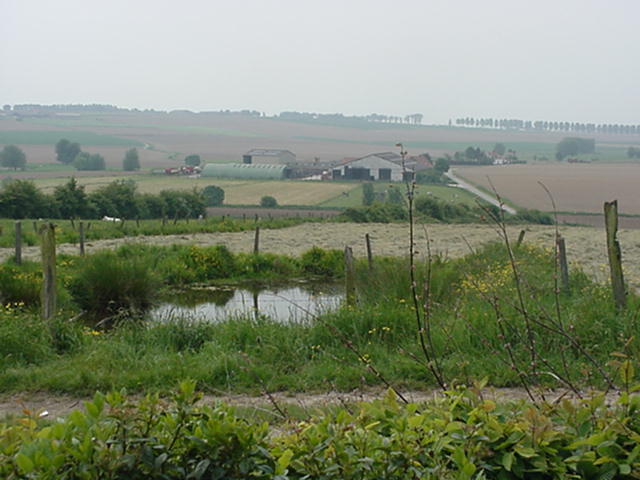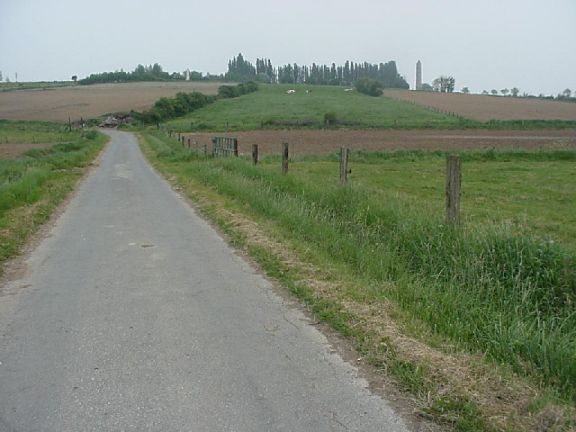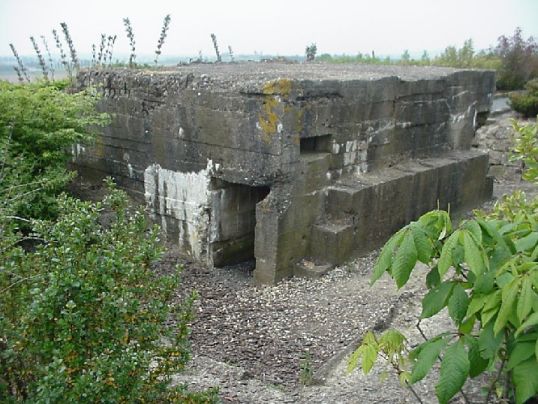 Although not part of Third Ypres the preliminary
action in the south, known as the Battle of Messines, was stated
as being the most successful campaign of the war.
Although not part of Third Ypres the preliminary
action in the south, known as the Battle of Messines, was stated
as being the most successful campaign of the war.
 Although not part of Third Ypres the preliminary
action in the south, known as the Battle of Messines, was stated
as being the most successful campaign of the war.
Although not part of Third Ypres the preliminary
action in the south, known as the Battle of Messines, was stated
as being the most successful campaign of the war.
There has been much controversy concerning the missing mines, one came to light in 1955, when its 32,000Ibs charge was detonated by a thunderstorm, fortunately there were no casualties. The same may not be said today if one were to detonate. The latest account of the missing mines is the following text:-
Tony Spagnoly & Ted Smith (2001) Cameos of the Western Front - Salient Points Three (Ypres and Picardy 1914-18). Leo Copper.
The actual mining operation was a logistics nightmare, the number of people involved, disposal of the spoil, the actual mining noise, bring up the explosive charges, etc.
However the rewards were great, and justified their efforts.
The attack effectively began on 3rd June when the preliminary bombardment intensified, and was kept up until 0250 hrs on 7th June. By this time, 100 000 men of the Second Army were lying in position waiting to attack, at 3:10 am on June 7th 1917, nineteen of the mines were fired.
Second Lieut. J W Naylor of the RFA relates;
"Our plunger was in a dug out, and the colonel and I were actually standing outside the dugout because we both knew what was going to happen and we wanted to see as much as could. The earth seemed to tear apart, and there was this enormous explosion right in front of us. It was an extraordinary sight. The whole ground when up and came down again. It was like a huge mushroom."
The explosion was heard by David Lloyd George, the British Prime Minister who was in his study in 10 Downing Street in London.
By 3:15pm the whole ridge was secured and troops starting moving down its Eastern slopes.
The outstanding achievement brought joy to the British public, however the losses were still substantial Allied killed and wounded were put at 24,562, it had not been a walkover, but based of allied offenses to date the casualty figure was expected to be two or three times higher. With most of these casualties being incurred in follow up actions as opposed to the taking of the ridge. German casualty figures were put at 23,000.
The action used men from many nations, specifically, Australia and New Zealand, the photo's below show an area around the village of Messines itself. A target that fell to the New Zealand regiments.

A view from a German pillbox down towards the Allied lines (approx where the farm stands today), this gives a clear indication of the supremacy the Germans had over the British in regard to position.

The reverse view of the top photo. The original photo being taken on the horizon about a third from the left (look for the small white memorial). Also visible to the right of the trees on the horizon is the Irish Peace Tower.

A preserved German pillbox on Messines Ridge.

Memorial to the men from New Zealand, to commemorate this very action.